Picture Notes
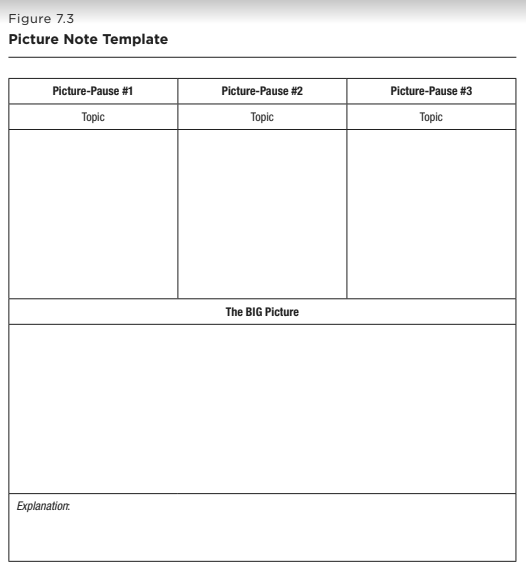
Picture Notes can provide an excellent way for students to stop and process what they have learned. They are meant to accompany written notes, not to completely replace them. During selected pause points, students create a picture that illustrates the concepts being learned.
Confer, Compare, and Clarify
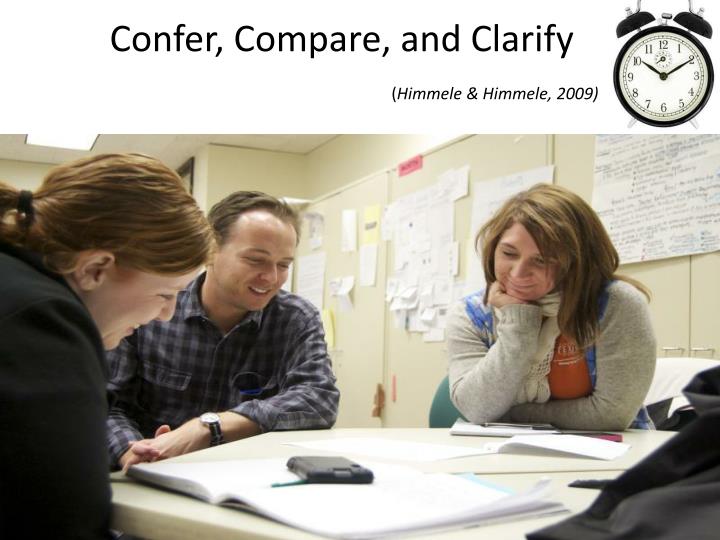
This activity allows students to read each other’s notes, make comparisons, and add their own notes. This gives them the opportunity to pick up tips by seeing how their peers take notes. It also allows them time to reflect on the content, compare understandings with their peers, and ask questions that can be the difference between comprehensions and lack of comprehension.
Categorizing & Sorting
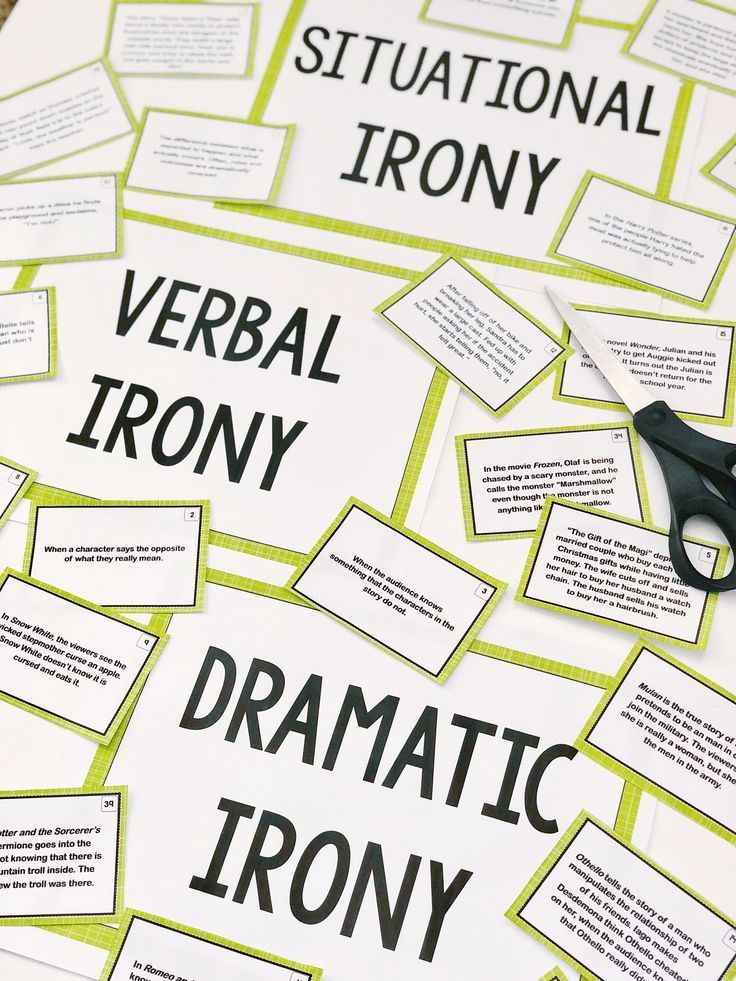
Categorizing and sorting can be used to help students understand a wide variety of unique characteristics and concepts. This interaction provides students with opportunities to see how items can sometimes be sorted in different ways and still be correct.
Ranking

Ranking is an activity that requires your students to analyze components of the concepts that you are teaching and then justify their reasons for assigning rankings. It can be done on the spot, or it can be carefully planned to allow for more thorough analysis.
Similes
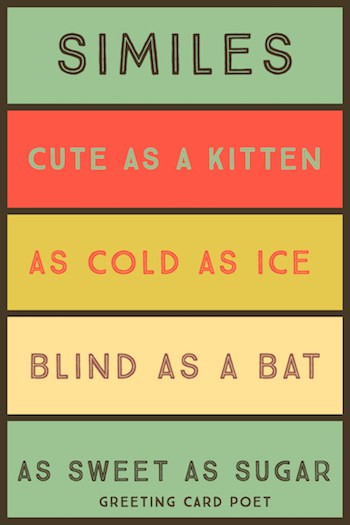
Similes compare two unrelated things. For example, a simile using the topic of TPTs might be “TPTs are like safety nets in that they protect students from falling through the cracks.” Similes can provide opportunities for abstractly portraying the big picture of concepts in a way that sums up their meaning.
Quick-Draws
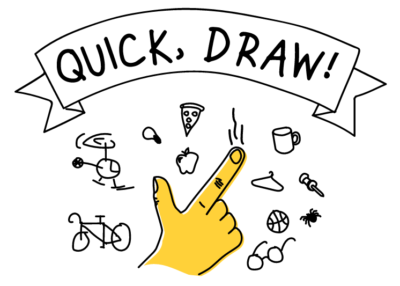
Quick-Draws are opportunities for students to demonstrate their understanding of an abstract term or concept by representing it in a drawing. This can be used with any age group and in any content area, not only for
Quick-Writes
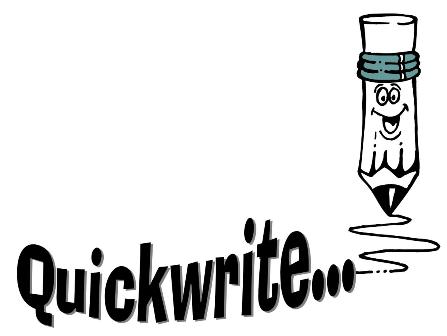
A Quick-Write is a brief activity that can be inserted at almost any point within a lesson or planned ahead using prepared prompts.
10-24-7 Note Review Strategy
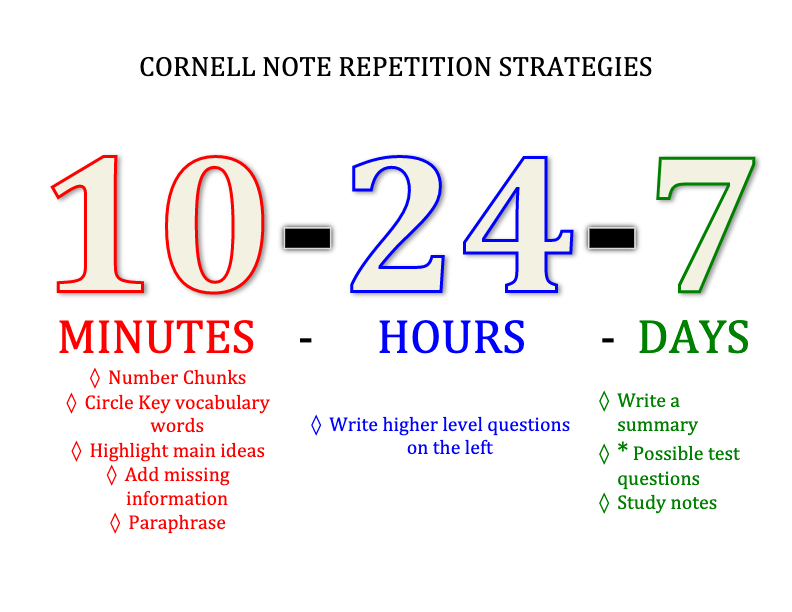
Offers a schedule for student interaction with notes 10 minutes, 24 hours, and 7 days after taking them.
Model Cornell Notes
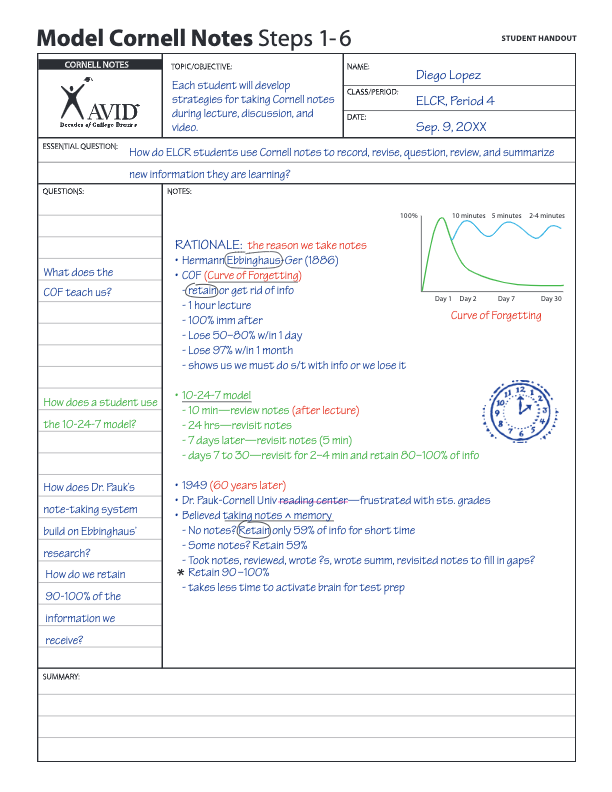
EQ: How do students use Cornell notes to record, revise, question, review, and summarize new information they are learning?
Student-Authored Textbooks
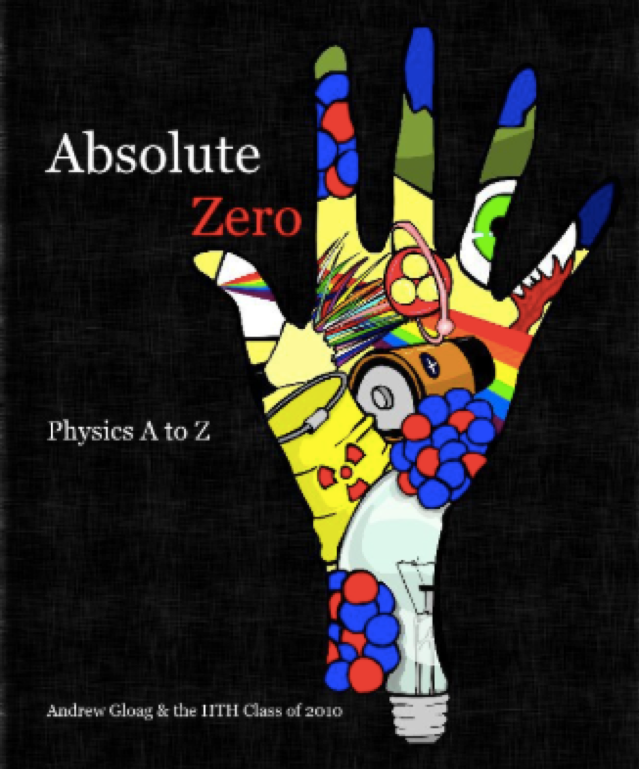
Student-Authored Textbooks What if instead of approaching vocabulary as something they had to learn each week, they approached their words as something they needed to be able to teach others? I’ve been fascinated by Jal Mehta and Sarah Fine’s book In Search of Deeper Learning lately. One of the chapters is about a project at one high […]
